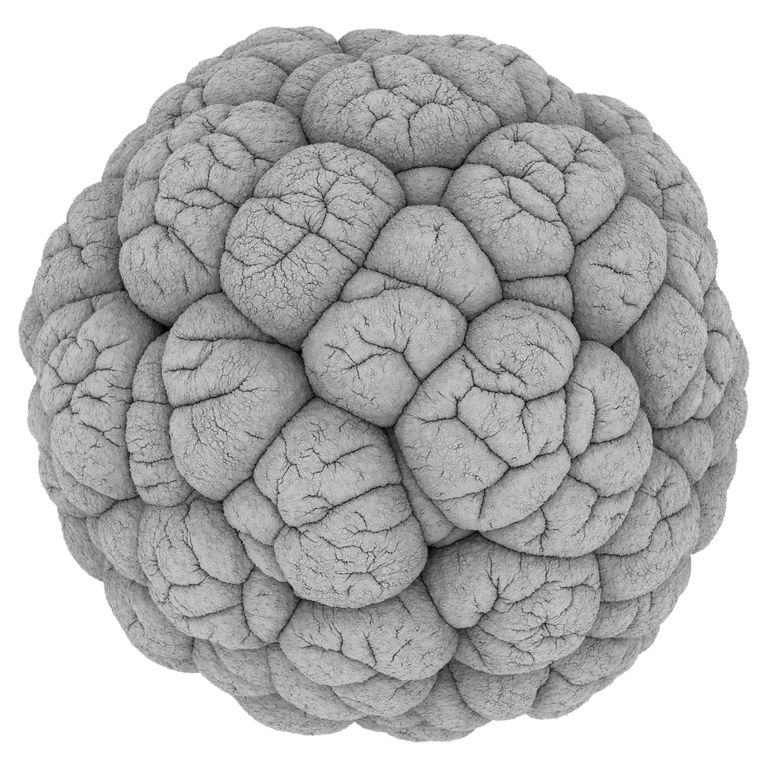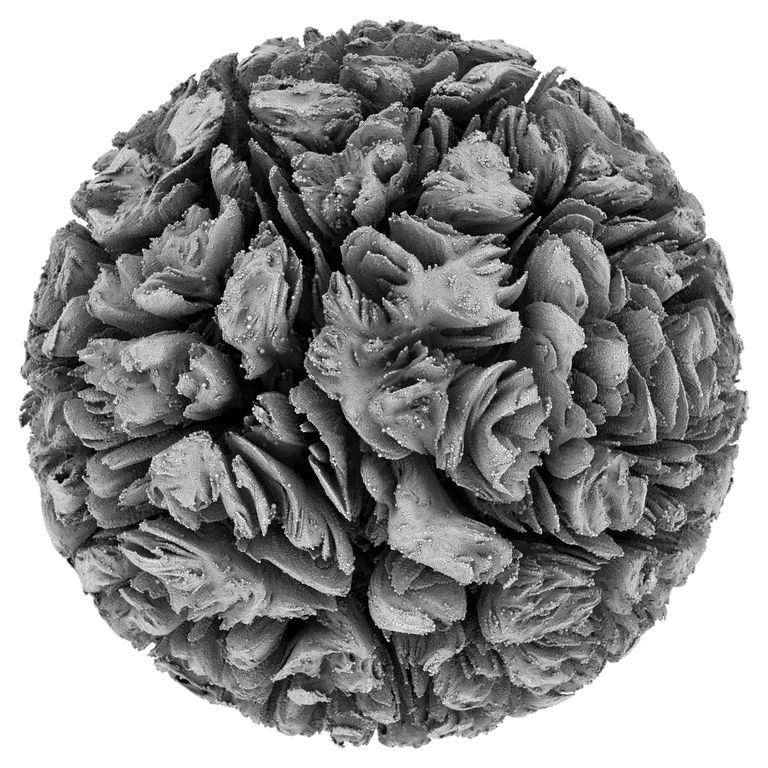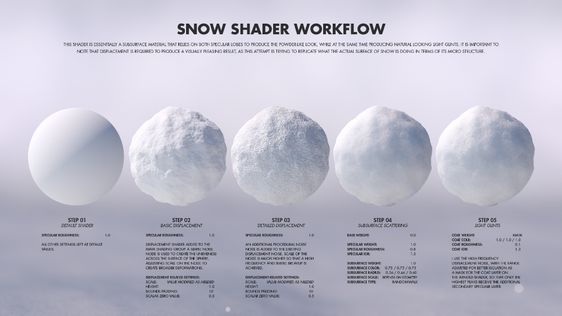Roger Magrini is an artist that uses programs as well as manual correction to generate human faces that look insanely realistic. I was first introduced to his work by one of my friends in high school when they asked me to guess which of the people out of a set of pictures was a real person. The people are so fully rendered that it’s impossible to tell the difference between them and an actual person’s picture. I assume that the programs he runs have something to do with facial proportions and to get the final result he runs randomizers to combine traits, coloring, and proportions. I’m not sure how he is able to make the people look like people and take into account traits that usually come together like pale skin and freckles with lighter eyes etc because there are obviously exceptions to these groupings but I guess that’s all stuff that is much more complicated and stuff that is learned later on if I choose to continue to pursuing computing stuff related to rendering.
Category: LookingOutwards-05
Looking Outwards 05: 3D Computer Graphics
Down (2019) by Vladimir Desancic is the artwork I have chosen. I appreciate the contrast in the intense orange shades of the background as well as the pseudo-realistic foreground of city structures. It appears that the artist utilized a repetition of lines with sharper, angular structures to mimic real-life skyscrapers. In doing so, he must have used some type of looping and preset functions to create this effect of depth and spacing. Desancic’s artistic ability manifests itself in the delicate balance between the vibrance of the background and the sterility of the foreground; in addition, he utilizes a clever balance of blues and grays to further enrich his piece.
^^aforementioned painting
Linked here
Looking Outwards-05
One project that I found to be very interesting was Tentacle Tower by Yoichiro Kawaguchi, created in 2005. It’s abstract and interactive, allowing viewers to walk around it. I find myself lost in the design while looking at it, and find the complex shapes and patterns to be fascinating. The medium is a Lenticular 30 picture light box, and was the first time that such a huge-scale Lenticular image has been used to cover four surfaces. While I’m not completely sure about the algorithm, the website says that it is a high-res image composed of 15 serial flames. Kawaguchi’s artistic sensibilities has to be very specific in order to convey such a complex work of art. A lot of thought had to go into all the different shapes and patterns and how they would interact with each other, and the effort and time that it took to make is obvious.
See and learn about the work here.
Looking Outwards – 05
I don’t know if this counts as video game graphics as it’s related but not used for game purposes. The tool I’ll be looking at is an AI called Nokemon, this is an AI crated using a database of 3D Pokemon models, and tries generating a new 3D Pokemon model using filters such as Pokemon typings, the main color of the Pokemon, and if it is a rare legendary or not. I appreciate this as while I do enjoy Pokemon, I think it more comments on the sophistication of creating non-human characters. As Pokemon can be designed from an object, animal, etc, watching AI try to identify these human-designers inspirations and make their it’s own Pokemon based off those inspirations. I’m supposing that the AI uses the same engine 3D modelers use, and analyzes how each shape, color, and property of each model is related to each other, and tries to create something similar. As you can see from using the tool, the AI is’t that great at creating Pokemon, they seem heavily uninspired and nonsensical, but watching what elements the AI pulls from pre-existing models is quite interesting.
Looking Outwards 05: 3D Computer Graphics
For my work I chose another work/series by artist Andy Lomas. I’ve always been fascinated by the physical properties and designs of cells and the intricate geometry of the microcosm, and Andy Lomas has created a series which tickles that one specific part of my brain. This is the Cellular Forms series, which explores generalizable natural forms which create these cell-like three dimensional structures. I find this incredibly interesting just because of the uniqueness of each cell. From one which looks like it’s composed of petals, to another which looks like a baseball made of brain. The amazing variety of natural forms which were analyzed and recreated to generate these structures is mind boggling.


But not only that, there’s a full explanation of the algorithms used in the piece. It’s a really fascinating concept which attempts to simulate the natural development of a colony of cells into a sort of organism using various factors like nutrition, light, and proximity. The simulations are also staggeringly detailed, as they’re actually composed of what seem like millions of generated cells. This approach to generating naturalistic forms is really unique, and it is just so satisfying to look at, wouldn’t you agree?
LookingOutwards05 (Section A)
I was interested by one Santi Zoraidez’s pieces on Instagram. I find it fascinating how you have to look twice to see if it is a photo of physical objects or if he generated it on a computer. I particularly like this piece because he is able to create the illusion of a light. However, he is able to make it look like a soft light almost instead of just a harsh normal light.
Zoraidez’s artistic sensibilities are really shown hear because of how he is able to create a certain ambiance through the colors he uses. Additionally, it is amazing how he created things that look like see through objects. To do so, you can tell that he definitely knows how to use shadows and highlights really well. His piece is aethetic but also very artistic as I have no idea how he created it but I know he definitely uses lots of layers of highlights and shadows.
I’m not sure the title of the work but it was posted on June 6th, 2021.
Here is the link to the photo
SydneyCha-LookingOutwards-05
Michael Fragstein is a 3d graphic artist whose main works are promotional videos for LAMY, a company that modernized the traditional fountain pen. Below is a link to his personal portfolio site.
This 2019 special edition promotional video showcases new colors for the LAMY Safari pen in an unconventional way. Fragstein uses the three colors as a consistent theme for the video, making the colors come to life beyond the confines of the pen. Personally, the colors remind me of Easter, and if I were to make a promotional video for this line, I would’ve likely defaulted to rendering floating blobs or orbs. I particularly admire the different ideas/scenes Fragstein rendered to the music (which he also created). The two that I find the most creative are at the 15 second and 25 second marks.
Although it’s not explicitly stated, my guess is that Fragstein uses Blender, a 3D modeling program, for his work. Quite different from what we do in this class, Blender works a lot like modeling and stretching clay, just digitally. Regardless, I’m inspired by Fragstein’s dynamic and eye-catching work and hope to achieve a similar effect using p5.js (or other languages, if possible) to create captivating pieces.
CREDITS:
LAMY aion / Special Edition 2019Client: LAMY
Concept, Artdirection, Production: Büro Achter April / Michael Fragstein
Production Team: Johannes Rauch, Raphael Rau, Thomas Nathan, Jonas Anetzberger, Michael Fragstein
Music & Sound: Marc Fragstein
LookingOutwards – 05 Thanos’s Creation. 3D Computer Graphics in Marvel.
Thanos, Created by Studio: Digital Domain
Over the last 12 years of MCU movies being created, Marvel worked with many VFX studios such as Weta Digital, Framestore, and industrial light and magic. Almost every 3D Computer Graphics was used in the films. They used Maya, 3ds Max Modo, in addition to Zbrush and Mudbox for sculpting. To create textured painting works, Mari and Substance Painter. Nuke is used with after effects for compositing 3D projections.
To create Thanos, Digital Domain worked with Marvel Studios to create effects shots using Masquerade. 513 shots were created by over 340 Digital Domain artists. Masquerade is a facial capture application that is based on computer machine learning algorithms. The system was worked on for 3 to 4 months before filming to develop and test. Masquerade has the ability to capture a high resolution image of an actor’s face at a rate of 40-50 frames per second.
The actor Josh Brolin who played Thanos. For Digital Domain, it was important for Thanos’s movements to be very organic and realistic. Thus, Mocap cameras were used. The actor Josh wore a Mocap suit and helmet with cameras that had motion capture dots to capture his movements. Digital Domain’s factual capture identified the smallest details such as wrinkles and curvatures of Josh’s face. From here, the animation team could enhance features of the face like eyes, until Josh’s face was transformed into Thanos’s purple face.
This project and artwork interests me because I had no idea that so many programs and machine learning algorithms are used in movies that contain real humans to create fake characters. Rather than going through the struggle of using prosthetics or other costumes to create a villain like Thanos, they were able to create an animated character that can be then utilized throughout the film.
Sources:
https://inspirationtuts.com/what-3d-software-does-marvel-use/
LO 05- 3d computer graphics
I looked at the project To All The Good Books by Hao-Yun Cheng. The project showcases a boy reading books and looks at an imaginary scene of a small town with books as buildings. The artist’s inspiration behind the design is his love for books way which can allow him to immerse himself in imagination. The scene on the table is representative of the imagination of the land with books. This project was created using a combination of 3d modeling software and photography images to create the final outcome. This project also shows the possibilities with 3d computer graphics and rendering software to create what can only be imagined and combine with realistic elements to tell a story.

Looking Outwards 05: 3D Computer Graphics
I am inspired by the project, Material studies: Snow by Jarron Hasenjager. This piece of 3d graphic art shows the steps of creating a realistic looking snow on a 3d program. The algorithm has so many layers to it to make a white sphere look like a realistic snowball. The creator not only had to explore what to do to achieve a realistic look on snow but also needed to know which steps to take in a certain order and that needed artistic sensibility as well as technological understanding of 3d graphics. The ability of 3d rendering and how realistic it can be fascinates me and makes me want to study 3d graphics.

![[OLD SEMESTER] 15-104 • Introduction to Computing for Creative Practice](../../wp-content/uploads/2023/09/stop-banner.png)